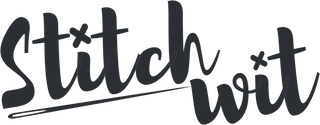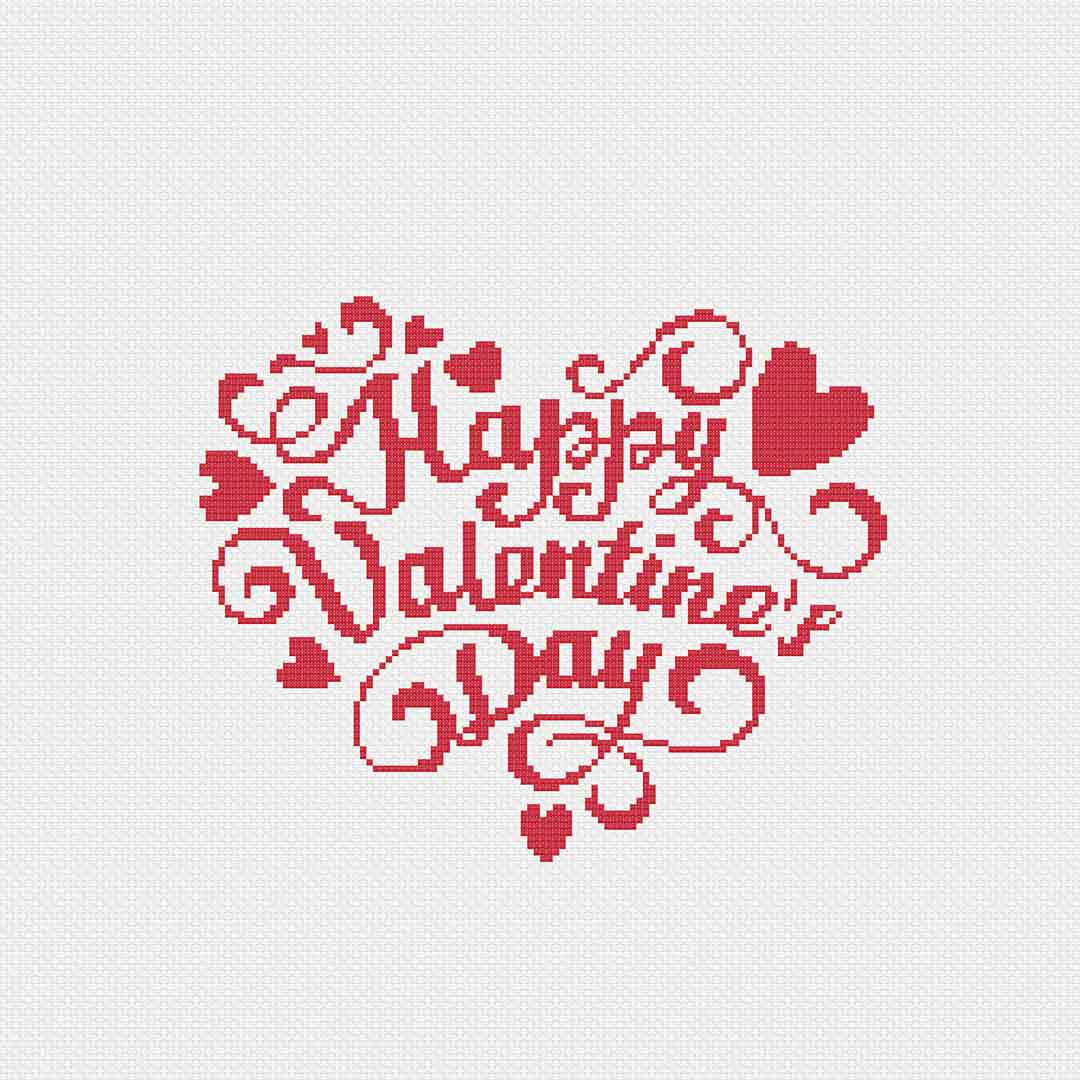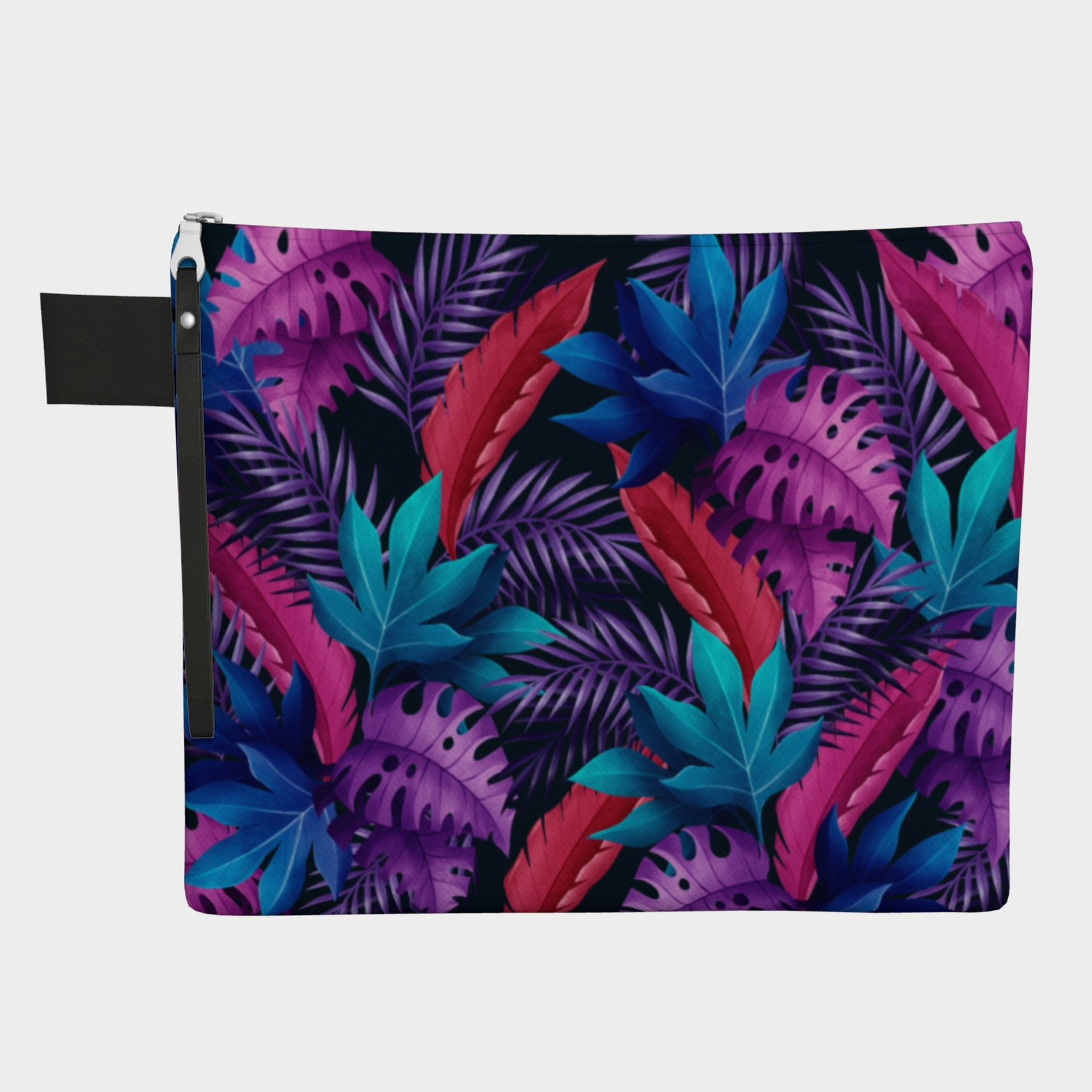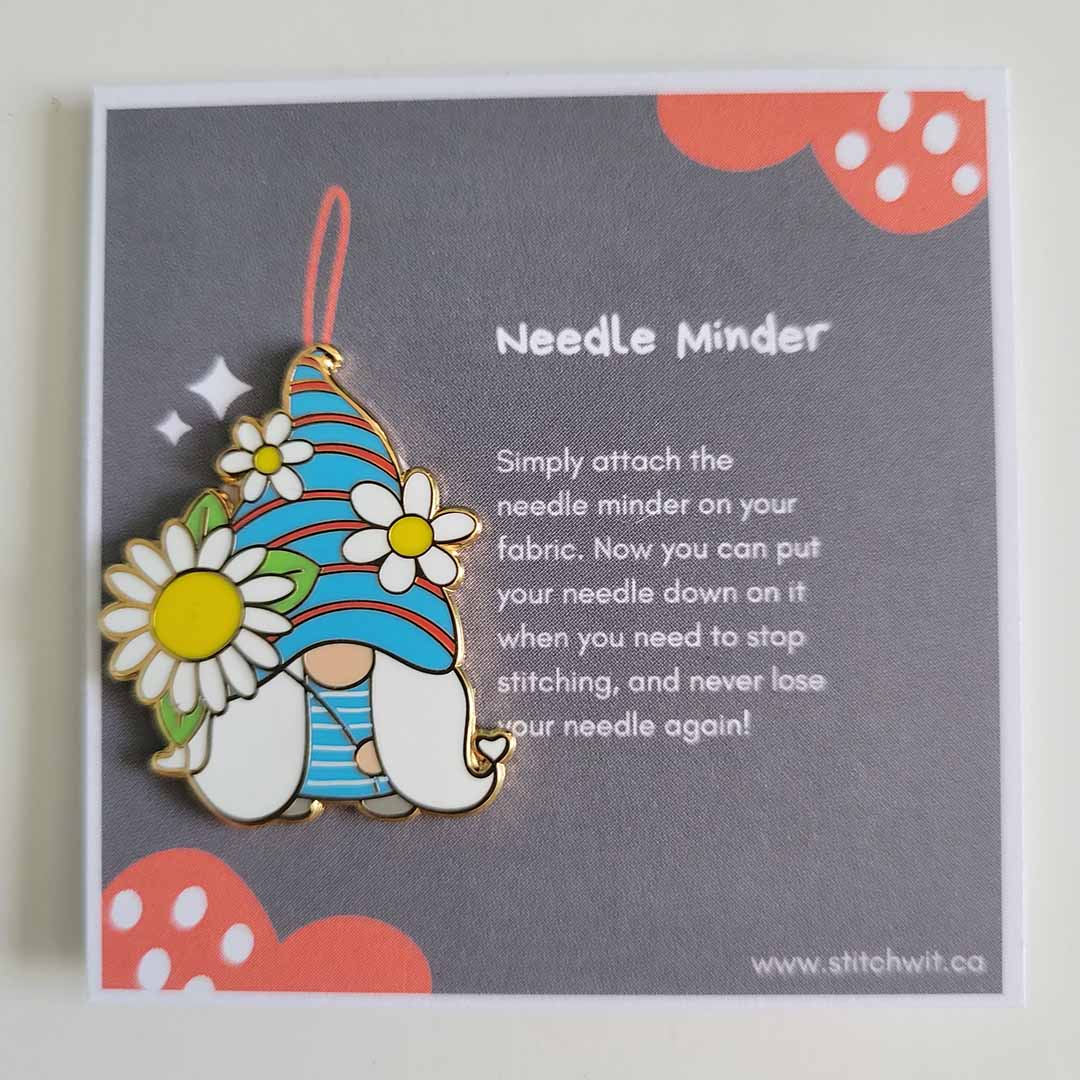Cross Stitch Lingo: What Does It All Mean?!
Most hobbies have their own jargon and lingo. However, I am not so sure that they have quite as many terms as cross stitching does! I have come up with a list of 40, and I am sure there are more that I am forgetting!
If you are new to cross stitching, you might feel a little bit overwhelmed with all of the different terminology, But don't worry, between this blog post and my "How to Cross Stitch: A Stitch Wit Beginners Guide to Counted Cross Stitch" post you'll have an understand of it all in no time.
Any shop or video that I mention here, is strictly a personal recommendation. None of this is a paid advertisement or endorsement.
I'll start with the acronyms, as we stitchers have a few!
WIP Work In Progress. This is any current cross stitch project that you are currently working on.
FO Finished Object. When you have completed a project, but have yet to frame it or finish in a way that is ready for display.
FFO Fully Finished Object. You guessed it, it is a project that is completely stitched, framed or finished and ready for display.
BAP Big Ass Project. Pretty self explanatory I think.
LNS Local Needlework Shop. Another one with an obvious meaning. I am not sure the big box stores like Michaels count here. I believe it refers to smaller, independently owned shops.
ORT Old Remaining Thread. I wrote an entire blog post on just these. You can check it out here.
SAL Stitch Alongs. A Stitch Along is a mystery cross stitch design where parts of the pattern are released one at a time. SALs are released either on a daily, weekly or monthly basis. All the the cross stitchers that sign up get together regularly and share their progress with one another, either in person or online.
HAED Heaven and Earth Designs. This is a cross stitch shop known for very large detailed, full coverage patterns.
Now onto all the other great terms that are everyday language for avid cross stitchers. I tried to keep this list in an order that made sense, so here we go!
Fabric Count The number of holes per inch on the fabric. For example, 14 count Aida has 14 holes per inch.
Stamped Cross Stitch Pattern This is when the design is printed (or stamped) right onto the fabric and you stitch right over it.
Counted Cross Stitch Pattern Probably the most common type of pattern, it is when you are given a pattern that is charted out into a grid of 10 block squares that you follow along to on your fabric.
Sampler A type of cross stitch pattern that includes a variety of types of stitches.
Motif A small cross stitch pattern. Usually used to make small items like holiday cards, ornaments or coasters. You could also take a few different motifs, add text and create your own design.
PDF Pattern A digitally downloaded cross stitch pattern that you can then print to follow along, or you can use on various available apps to follow along on your tablet, phone or computer.
Kit A cross stitch pattern and all of the supplies needed to finish the project (fabric and floss).
Grid / Gridding I have a blog post on this too! Read it here.
Thread / Colour Symbol Symbols are what is used to differentiate what colour you stitch and where. Each floss colour in the pattern has a corresponding symbol. Here is an example of symbols in one of my patterns:

Colour Key / Legend You'll find this either to the side of your pattern or at the back, and it shows you the corresponding symbol to floss. It normally includes the DMC (or Anchor) floss colour number, the number of strands to use and how much thread you will need. Here is an example:

Full Cross Stitch A "normal" cross stitch that creates an "X" on the fabric.
Half Stitch As it sounds, it is half of a full cross stitch, so it is one diagonal stitch: "/"
Quarter Stitch A stitch that covers one-quarter of the square. The stitch ends in the centre of the square. This type of stitch is much easier to do on linens compared to Aida fabric.
3/4 Stitch A half stitch plus a 1/4 stitch. They take up 3/4 of the square. I personally have never done one, so this is the best explanation I have!
Backstitch Used to outline or add detail to a pattern. They really make a design "pop", however many cross stitchers find them frustrating to do (myself included, hence there is no backstitches in my patterns!)
Loop Method A method used to start stitching, and my personal favourite. I write about it in more detail in my "How to Cross Stitch: A Stitch Wit Beginners Guide to Counted Cross Stitch" post.
Waste Knot Method Another method used to start stitching. With this method, you take your strands of floss and tie a knot on one end and thread your needle on the other. As you start to make your first stitch, the knot catches in the back of your fabric and holds your stitches in place.
Railroad Stitching This is when you put your needle between your strands of floss as you stitch. It makes the stitches like flatter. You can watch any of Michelle Bendy Stitchy's stitch and chat videos to see how it is done as this is how she stitches.
Confetti Stitches This is when a pattern (or area of a pattern) has many individual stitches in many different colours. The outcome is often very beautiful, but they can be a pain in the butt to stitch because you are constantly having to change your floss colours or use the parking method.
Blending Threads Most commonly, 2 strands of floss are used when you cross stitch. Some patterns call for stitches to be a blend of two floss colours, so you take one strand of each colour.
Cross Country Stitching This is when a cross stitcher moves around their pattern and stitches one colour at a time (a method I often use). It is often done when a pattern has areas of all one colour.
Parking I mentioned this method with confetti stitches, as the two go hand in hand. It's when you stitch in rows, and when there is a floss colour change you "park" your floss until you need to use that colour again.
Frogging Every stitchers nightmare! It's when you have to remove stitches because you have made a mistake. It got it's name because you have to "rip it", "rip it".
Full Coverage This is the term used to describe a pattern where the entire design area is stitched. When completed, you can't see any of the fabric and it is covered entirely with stitches.
Q-Snap Is similar to a hoop, but they are square in shape. I personally love them. They have clamps that hold your fabric in place.
Grime Guard A Q-Snaps best friend! Think of a steering wheel cover over the frame of a Q-Snap. It prevents the oils from your hands from getting on your fabric. There are many amazing Etsy shops out there that carry them.
Project Bags / Sleeves These are little bags to hold all of your project materials. They come in all different sizes and are made in many different ways. You can get some here or at one of the other great shops on Etsy.
Needle Minders These are little buttons/pins that have magnets attached to them. You put them on your fabric and when you need to put your needle down, you rest it on the needle minder.
Thread Conditioner / Beeswax Sometimes floss can become a little frayed or some are a little stiff to work with (like metallic thread) so some cross stitchers use thread conditioner or Beeswax to make the floss easier to work with.
Flosstube These are YouTube channels/videos you can watch and subscribe to that cross stitchers create. They are always cross stitch related but you definitely get to know the stitcher/designer too.
Stitchy Mail Cross Stitch goodies that come in the mail! Who doesn't love getting Stitchy Mail?!
Stitchy Journal These are special journals that some cross stitchers use to track progress on their WIPS and/or to keep small projects they have stitched. Picture a scrapbook for cross stitching.
There you have it! I hope this list helps you navigate through all the different cross stitching terms. Can you think of one I forgot? Let me know in the comments below. Happy Stitching!





Leave a comment